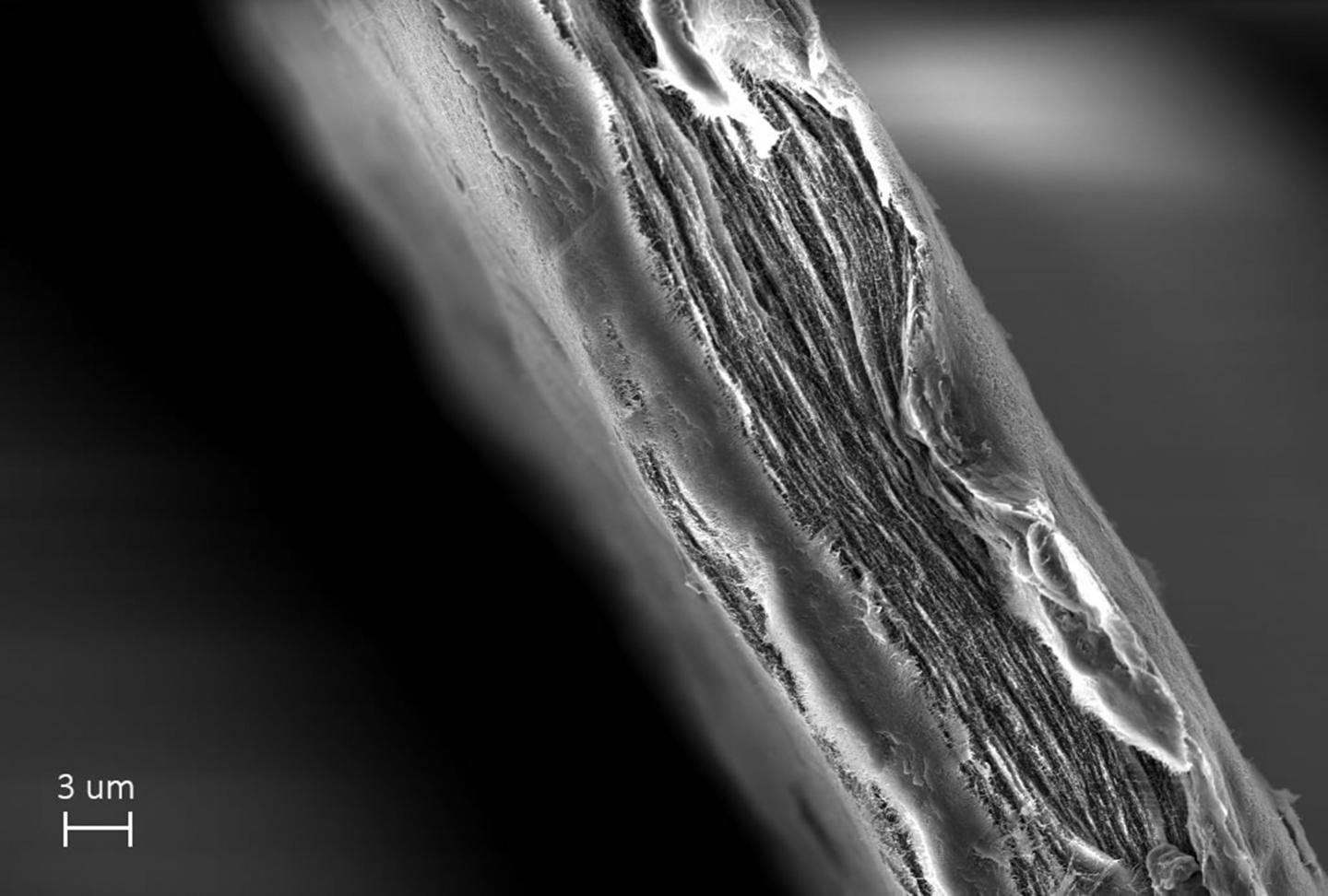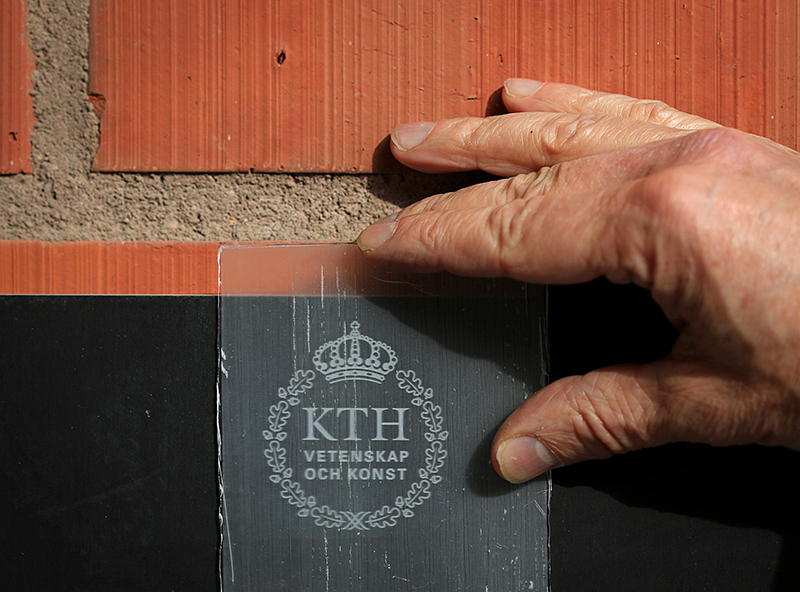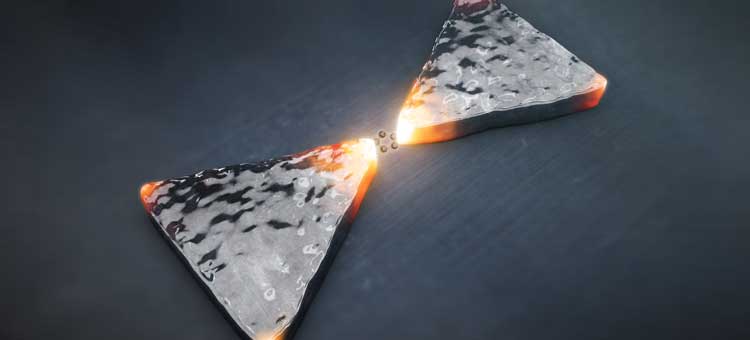For some bizarre frosting on this disturbing cake (see part 1 of the Macchiarini controversy and synthetic trachea transplants for the medical science aspects), a January 5, 2016 Vanity Fair article by Adam Ciralsky documents Macchiarini’s courtship of an NBC ([US] National Broadcasting Corporation) news producer who was preparing a documentary about him and his work,
Macchiarini, 57, is a magnet for superlatives. He is commonly referred to as “world-renowned” and a “super-surgeon.” He is credited with medical miracles, including the world’s first synthetic organ transplant, which involved fashioning a trachea, or windpipe, out of plastic and then coating it with a patient’s own stem cells. That feat, in 2011, appeared to solve two of medicine’s more intractable problems—organ rejection and the lack of donor organs—and brought with it major media exposure for Macchiarini and his employer, Stockholm’s Karolinska Institute, home of the Nobel Prize in Physiology or Medicine. Macchiarini was now planning another first: a synthetic-trachea transplant on a child, a two-year-old Korean-Canadian girl named Hannah Warren, who had spent her entire life in a Seoul hospital. …
Macchiarini had come to Vieira’s [Meredith Vieira, American journalist] attention in September 2012, when she read a front-page New York Times story about the doctor. She turned to [Benita] Alexander, one of her most seasoned and levelheaded producers, to look into a regenerative-medicine story for television.
…
When Alexander and Macchiarini found themselves together in Illinois for a period of weeks in the spring of 2013—brought there by the NBC special—they met frequently for quiet dinners. The trachea transplant on Hannah Warren, the Korean-Canadian girl, was being performed at Children’s Hospital of Illinois, in Peoria, and the procedure was fraught with risks, not least because Macchiarini’s technique was still a work in progress even for adults. (Christopher Lyles, an American who became the second person to receive an artificial trachea, died less than four months after his surgery at Karolinska.) “He’s a brilliant scientist and a great technical surgeon,” said Dr. Richard Pearl, who operated alongside Macchiarini in Illinois. Like others, Pearl described his Italian colleague as a Renaissance man, fluent in half a dozen languages. Another person, who would get to know him through Alexander, compared Macchiarini to “the Most Interesting Man in the World,” the character made famous in Dos Equis beer commercials.
In Peoria, Macchiarini’s medical magic appeared to have its limitations. Hannah Warren died from post-surgical complications less than three months after the transplant. Her anatomy “was much more challenging than we realized,” Pearl recounted. “Scientifically, the operation itself worked. It was just a shame what happened. When you’re doing something for the first time, you don’t have a textbook. It was the hardest operation I’ve ever scrubbed on.”
Then, there was the romance (from the Ciralsky article),
The personal relationship between Alexander and Macchiarini continued to blossom. In June 2013, they flew to Venice for what Alexander called “an incredibly romantic weekend.” Macchiarini bought her red roses and Venetian-glass earrings and took her on a gondola ride under the Bridge of Sighs. Like a pair of teenagers, they attached love locks to the Ponte dell’Accademia bridge, one of them bearing the inscription “B—P 23/6/13, 4 Ever.” Alexander told me that, “when he took me to Venice, we were still shooting the story … He always paid for everything … gifts, expensive dinners, flowers—the works. When it came to money, he was incredibly generous.”
It is a bedrock principle at NBC and every other news organization that journalists must avoid conflicts of interest, real or apparent. Alexander was not oblivious to this. “I knew that I was crossing the line in the sense that it’s a basic and well-understood rule of journalism that you don’t become involved with one of the subjects of your story, because your objectivity could clearly become compromised,” she told me. “I never once thought about him paying for the trip as him ‘buying’ me in some fashion, or potentially using money to influence me, because, from my perspective anyway … that just wasn’t the case. We were just crazy about each other, and I was falling in love.”
Alexander made her way to Stockholm at a later date (from the Ciralsky article),
Macchiarini was in Stockholm to attend to Yesim Cetir, a 25-year-old Turkish woman whose artificial trachea had failed. As Swedish television later reported, “It has taken nearly 100 surgeries to support the cell tissue around the airpipes. Her breathing is bad, and to avoid suffocation, her respiratory tract must be cleansed from mucus every fourth hour. She has now been lying in the hospital for nearly 1,000 days.” NBC’s special would come to include skeptical commentary from Dr. Joseph Vacanti, who questioned the sufficiency of Macchiarini’s research, but Cetir’s post-operative complications were not mentioned.
Prior to the NBC documentary’s (A Leap of Faith) airing, the romance became an engagement (from the Ciralsky article),
Macchiarini proposed to Benita Alexander on Christmas Day 2013, Alexander said. In the months leading up to the airing of A Leap of Faith, in June 2014, Macchiarini and Alexander went on trips to the Bahamas, Turkey, Mexico, Greece, and Italy. They went on shopping sprees and ate their way through Michelin-starred restaurants. Macchiarini even took Alexander and her daughter to meet his mother at her home, in Lucca. “She cooked homemade gnocchi,” Alexander recalled. Macchiarini’s mother shared pictures from the family photo album while her son translated. Emanuela Pecchia, the woman whom Macchiarini had married years earlier, lived only a short distance away. When Macchiarini informed Alexander, during a dinner cruise later that summer, that his divorce had finally come through, she recounted, he gave her an engagement ring.
…
In the months that followed, the doctor and his fiancée began planning their wedding in earnest. They set a date for July 11, 2015, in Rome. But their desire to marry in the Catholic Church was complicated by the fact that she is Episcopalian and divorced. Divorce would have been an issue for Macchiarini as well. However, Alexander said, Macchiarini insisted that he would fix things by visiting his friend and patient in the Vatican.
In October 2014, Alexander recalled, Macchiarini told her that he had met with Pope Francis for four hours and that the Pontiff consented to the couple’s marriage and, in yet another sign of his progressive tenure, vowed to officiate. Alexander said Macchiarini referred to himself as Pope Francis’s “personal doctor” and maintained that in subsequent meetings his patient offered to host the wedding at his summer residence, the Apostolic Palace of Castel Gandolfo.
Shortly after quitting her job in anticipation of her July 2015 wedding to Macchiarini, Alexander learned that Pope Francis who was supposed to officiate was in fact scheduled to be in South America during that time. From the Ciralsky article,
As Alexander would discover with the help of a private investigator named Frank Murphy, virtually every detail Macchiarini provided about the wedding was false. A review of public records in Italy would also seem to indicate that Macchiarini remains married to Emanuela Pecchia, his wife of nearly 30 years. Murphy, who spent 15 years as a Pennsylvania State Police detective, told me, “I’ve never in my experience witnessed a fraud like this, with this level of international flair…. The fact that he could keep all the details straight and compartmentalize these different lives and lies is really amazing.
Ciralsky broaches the question of why someone with Macchiarini’s accomplishments would jeopardize his position in such a way,
To understand why someone of considerable stature could construct such elaborate tales and how he could seemingly make others believe them, I turned to Dr. Ronald Schouten, a Harvard professor who directs the Law and Psychiatry Service at Massachusetts General Hospital. “We’re taught from an early age that when something is too good to be true, it’s not true,” he said. “And yet we ignore the signals. People’s critical judgment gets suspended. In this case, that happened at both the personal and institutional level.” Though he will not diagnose from a distance, Schouten, who is one of the nation’s foremost authorities on psychopathy, observed, “Macchiarini is the extreme form of a con man. He’s clearly bright and has accomplishments, but he can’t contain himself. There’s a void in his personality that he seems to want to fill by conning more and more people.” When I asked how Macchiarini stacks up to, say, Bernie Madoff, he laughed and said, “Madoff was an ordinary con man with a Ponzi scheme. He never claimed to be the chairman of the Federal Reserve. He didn’t suggest he was part of a secret international society of bankers. This guy is really good.”
In addition to the romance, Ciralsky and Vanity Fair checked out Macchiarini’s résumé,
Vanity Fair contacted many of the schools at which Macchiarini claimed to have either earned a degree or held an academic post. While the University of Pisa confirmed that he indeed received an M.D. and had specialized in surgery, the University of Alabama at Birmingham denied that Macchiarini earned a master’s in biostatistics or that he participated in a two-year fellowship in thoracic surgery. In fact, according to U.A.B. spokesman Bob Shepard, the only record the school has for Macchiarini indicates that he did a six-month non-surgical fellowship in hematology/oncology—which according to the current Accreditation Council for Graduate Medical Education guidelines is 30 months shy of what is required for a clinical fellowship in that field. The University of Paris—Sud never responded to repeated requests for comment, but Hannover Medical School wrote to say that Macchiarini had been neither a full nor an associate professor there, merely an adjunct.
Comments
As I noted in part 1, there are medical science and ethical issues to be considered. As well, Macchiarini’s romantic behaviour certainly seems fraudulent as do parts of his curriculum vitae (CV) and there’s more about Macchiarini’s professional accomplishments (read Ciralsky’s entire January 5, 2016 Vanity Fair article for details).
The romantic and CV chicanery may or may not suggest serious problems with Macchiarini’s revolutionary procedure and ethics. History is littered with stories of people who achieved extraordinary advances and were not the most exemplary human beings. Paracelsus, founder of the field of toxicology and an important contributor in the fields of medicine and science, was reputedly a sketchy character. Caravaggio now remembered for his art, killed someone (accidentally or not) and was known for his violent behaviour even in a time when there was higher tolerance for it.
What I’m saying is that Macchiarini may be pioneering something important regardless of how you view his romantic chicanery and falsified CV. Medical research can be high risk and there is no way to avoid that sad fact. However, criticisms of the work from Macchiarini’s colleagues need to be addressed and the charge that a Russian patient who was not in imminent danger and not properly advised of the extremely high risk must also be addressed.
It should also be remembered that Macchiarini did not pull this off by himself. Institutions such as the Karolinska Institute failed to respond appropriately in the initial stages. As well, the venerable medical journal, The Lancet seems reluctant to address the situation even now.
Before dissecting the Alexander situation, it should be said that she showed courage in admitting her professional transgression and discussing a painful and humiliating romantic failure. All of us are capable of misjudgments and wishful thinking, unfortunately for her, this became an international affair.
More critically, Alexander, a journalist, set aside her ethics for a romance and what seems to be surprisingly poor research by Alexander’s team. (Even I had a little something about this in 2013.) How did a crack NBC research team miss the problems? (For the curious, this Bryan Burrough April 30, 2015 article for Vanity Fair highlighting scandals plaguing NBC News may help to answer the question about NBC research.)
Finally, there’s an enormous amount of pressure on stem cell scientists due to the amounts of money and the degree of prestige involved. Ciralsky’s story notes the pressure when he describes how Macchiarini got one of this positions at an Italian facility in Florence through political machinations. (The situation is a little more complicated than I’ve described here but an accommodation in Macchiarini’s favour was made.) Laura Margottini’s Oct. 7, 2014 article for Science magazine provides a synopsis of another stem cell controversy in Italy.
Stem cell controversies have not been confined to Italy or Europe for that matter. There was the South Korean scandal in 2006 (see a Sept. 19, 2011 BBC [British Broadcasting Corporation] news online post for an update and synopsis) when a respected scientist was found to have falsified research results. Up to that point, South Korea was considered the world leader in the field.
Finally, if there are two survivors, is there a possibility that this procedure could be made successful for more patients or that some patients are better candidates than others?
Additional notes
Macchiarini is mounting a defence for himself according to a March 30, 2016 news item on phys.org and a Swedish survey indicates that the average Swede’s trust in researchers still remains high despite the Macchiarini imbroglio according to an April 15, 2016 news item on phys.org.
For anyone interested in the timeline and updates for this scandal, Retraction Watch offers this: http://retractionwatch.com/2016/02/12/reading-about-embattled-trachea-surgeon-paolo-macchiarini-heres-what-you-need-to-know/


